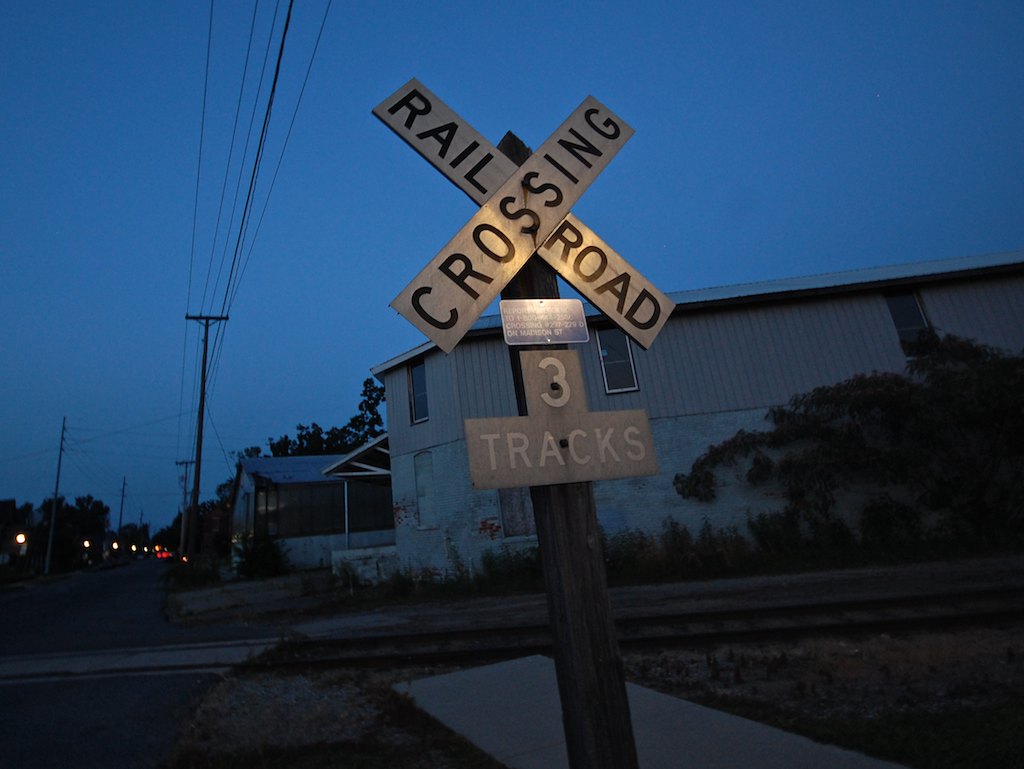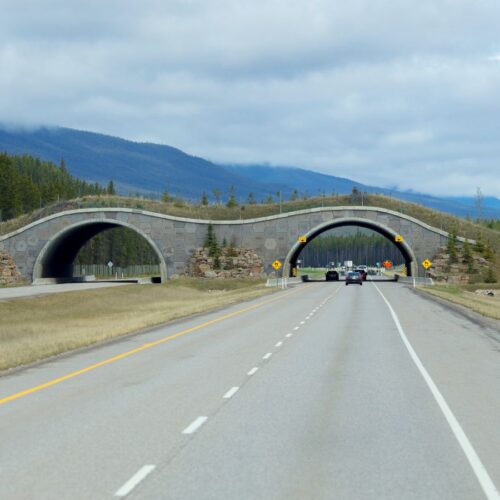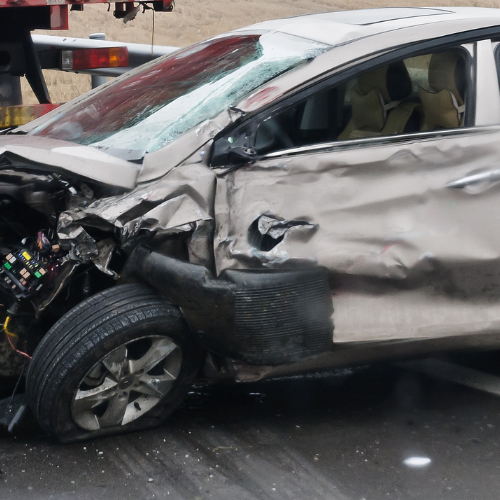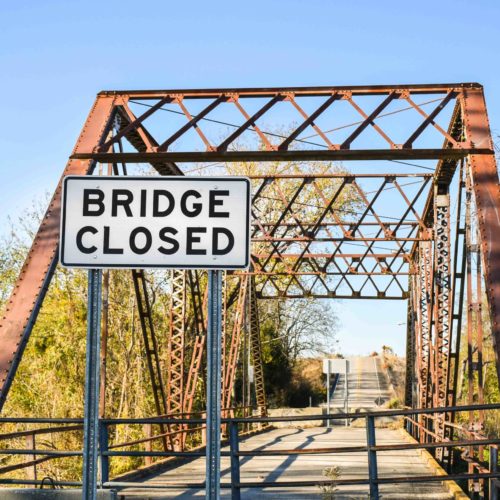The U.S. House of Representatives Committee on Transportation and Infrastructure’s Subcommittee on Railroads, Pipelines, and Hazardous Materials held a hearing on February 5, 2020, “Tracking Toward Zero: Improving Grade Crossing Safety and Addressing Community Concerns.” The last time this committee held a hearing on grade crossings was fifteen years ago.

"crossing by night" by vistavision is licensed under CC BY-NC-ND 2.0
Karl Alexy, associate administrator for railroad safety and chief safety officer for the Federal Railroad Administration testified, stating that trespassing “is the leading cause of all rail-related deaths in the United States. Grade crossing incidents are the second.” He also noted that the FRA had started implementation of their Highway-Rail Grade Crossing Safety Business Plan, which focuses on five areas:
- Enhancing collaborations with and outreach to all affected stakeholders.
- Leveraging data to apply the agency’s resources most effectively.
- Oversight and enforcement of the rail industry, engagement of state and local governments, and law enforcement, particularly in trespass “hot-spots” or near accident-prone areas.
- Supporting research designed to improve rail safety; and
- Existing funding opportunities to support implementation of proven strategies and testing of new approaches and technologies.
To read more of Karl Alexy’s testimony as well as other witness testimony, visit the House Subcommittee’s summary here.
The Federal Railroad Administration recently released a report, “Fatal Trespasser Strikes in the United States 2012-2017,” that found that during the five-year time period there were 3,687 trespasser fatalities. The findings showed that California, New York, Florida, and Texas consistently had the highest number of fatal trespasser strikes, irrespective of intention. While New York is one the states identified, all CSG-ERC members share a common commitment to safety. Each state has a unique set of circumstances such as traffic volume and accident exposure.
The report concluded:
The data show that there are slight differences between fatal suicide and non-suicide strikes, primarily related to when the strikes took place and the individuals involved. The factors presented in this document provide an example of the types of factors that may be most useful in tailoring countermeasure strategies. In addition, limitations to the FRA taxonomy for reporting these incidents were identified, including the large number of categories and limited definitions, which can lead to inconsistent data.
The report can be viewed here.





